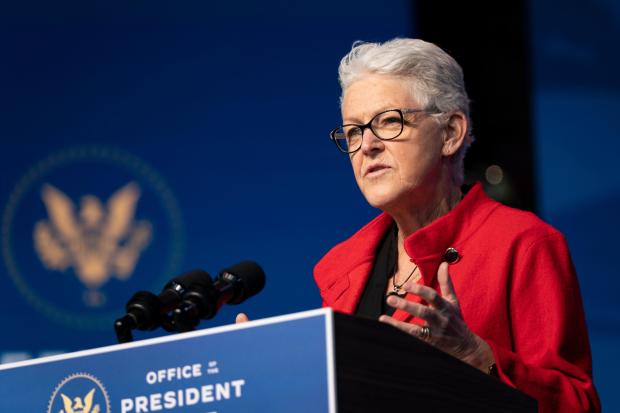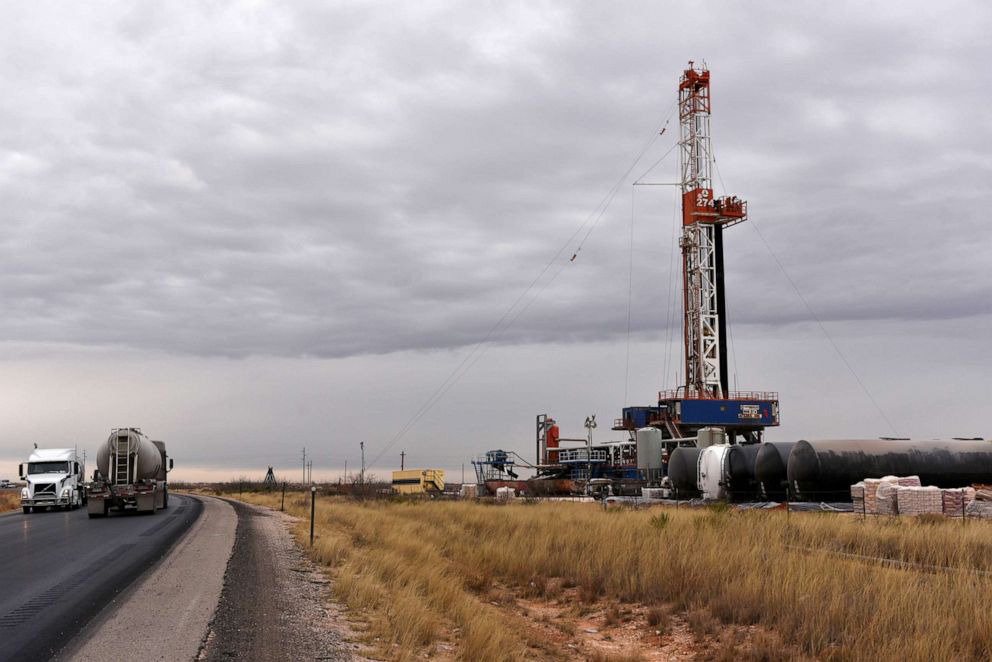January 27th , U.S. President Biden signed an executive order to launch a package of climate change policies, putting on a “big job”.
The plan has received high attention from all over the United States, not only because of its high cost and ambitious goals, but also because the Biden administration has elevated climate change response to a “national policy” and explicitly proposed to “place the climate crisis at the center of U.S. foreign policy and national security”.
Three reasons why the new government attaches great importance to climate change
It is well known that the Trump administration’s attitude towards climate change is not listening, believing, and ignitting, and has resolutely withdrawn from the Paris Agreement.
This move makes the United States look very “alternative” on the international stage, and has been widely criticized by the international community, including allies.
The United States’ “retreat” has shown an irresponsible attitude, which is a major blow to its international image and credibility.
Climate change has also become an unavoidable topic in the United States.
Last summer and autumn, a rare large-scale wildfires occurred in California and other places in the United States.
Dry and hot extreme weather, such as strong winds, are considered to be the main causes of wildfires.
The Fourth National Climate Assessment Report released by U.S. government agencies in 2018 predicts that extreme weather will become more frequent. For example, Charleston, South Carolina, may have 180 floods a year by 2045, 16 times that of 2014.
If no measures are taken, climate change will cause increasing losses to the United States and hinder economic growth.

Addressing climate change with great stres is also the need for the structural adjustment of the U.S. economy.
The epidemic has caused the rapid decline of the U.S. economy, and also exposed the increasing trend of “de-reality” of the U.S. economy. How to solve the problem of shrinking manufacturing industry and find new jobs for millions of unemployed people need new ideas for the new government.
It is obviously unsustainable to transfuse blood to the economy with round after round of rescue plans alone, and the “green economy” is Biden’s answer. He believes that industries such as renewable energy are the future of the American economy and can create jobs.
Gina McCarthy, Biden’s national climate adviser, made it clear on the 27th that the measures announced by the U.S. government on climate change that day are also the first step to recover the economy.
Package of solutions
Biden signed a presidential executive order on the 27th, proposing a package of action plans to combat climate change.
The first is to carry out “climate diplomacy”.
The executive order proposes that the United States, through multilateral mechanisms such as the United Nations, the Group of Seven and the Group of Twenty, “play a leading role in promoting a significant increase in global climate goals to address climate challenges.” And it is clear that “climate considerations should be an essential element of U.S. foreign policy and national security”.
The second is the establishment of a “national team” to ensure the efficiency of decision-making in an organizational structure, including the establishment of the White House Climate Policy Office to coordinate the decision-making process on climate policy.
To this end, a “National Climate Task Force” composed of heads of government agencies such as finance ministers and defense ministers has also been set up, chaired by the National Climate Adviser.
The executive order also includes a series of policy goals, including achieving carbon-free electricity sector by 2035, zero emissions of vehicles from federal, state and other levels of government, suspending new oil and gas projects on federal land, and phasing out fossil fuel subsidies.
Its overall goal is to accelerate the growth of renewable energy and reduce dependence on oil and gas.
Political adventure? Too ambitious?
However, Biden’s plan has also been questioned a lot.
The Associated Press called his climate policy the most ambitious plan in the history of the United States, and believed that the plan had some political risk for both Biden and the Democratic Party, because it touched many people’s cheese, such as the traditional oil and gas industry, which was constantly squeezed by new energy sources.

Republicans immediately criticized the plan as a “job killer” despite Biden’s promise that the “green economy” would create millions of jobs.
Cathy McMorris Rodgers, a Republican on the House Energy and Commerce Committee, satirized the Biden administration as “painting cakes” and saying that restrictions on the mining, oil and gas industries “have a negative impact on the energy security and independence of the United States”.
The part of Biden’s plan that needs legislative impetus may encounter a lot of resistance in Congress. For example, how to persuade Congress to pay for a clean energy plan of up to $2 trillion.
Moreover, whether the goals set by the new government are too high, public opinion has also put a question mark. Taking carbon-free emissions in the power sector by 2035, it is not easy.
According to the data of the U.S. Energy Information Administration, 61% of the electricity in the United States currently comes from natural gas and coal, 20% from nuclear energy, and wind, solar and other renewable energy accounts for 17%. Therefore, the key also depends on the strength of policy promotion.
If this administration could remain as strong as the last seven days in four years,” said Kim Cobb, a climate scientist at Georgia Tech, “there is every reason to believe that we may be carbon neutral by 2050.”



